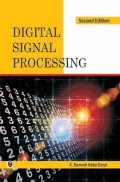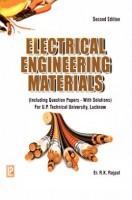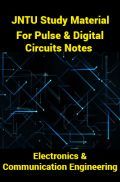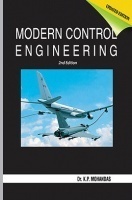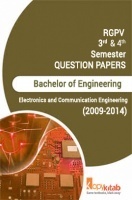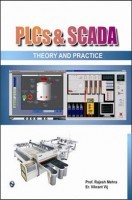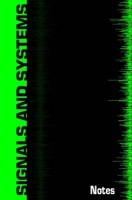Digital Fundamentals and Applications by Dr.C.K Chanda & Sumit Banerjee
Book Summary:
The book Digital Fundamentals and Applications has been written by utilizing the long experience of the authors in teaching profession. This book is divided into thirteen chapters. Each chapter begins with the introduction and ends with questions and problems. Clear diagram and different graded examples have been provided for all the topics and simple language has been used throughout the book to facilitate understanding of the concept and enable the readers to design digital circuits efficiently.
Audience of the Book :
This book can be used by the UG students of any engineering colleges and universities, and those who will be appearing for different competitive examination such as GATE, AMIE, IAS, IES, different state and central level recruitment examination, UPSC, PSC, railway board etc. The authors are greatly thankful to all the staff and management of Bengal Engineering and Science University, Shibpur, Howrah and Dr B C Roy Engineering College, Durgapur, West Bengal for their encouragement and providing necessary facilities to complete the manuscript of the book.
Key Features:
The text not only lays strong emphasis of basic principal but also incorporate topics and contents with advanced concepts. A careful selection of the text material and worked out examples (simple to more complex) enable the students to have in depth knowledge about digital circuits and design aspects and its application. This book also provides various methods and techniques suitable for variety of digital system design application.
This book has been written utilizing the long experience of the authors in teaching profession.The main features of the book are as follows:
• The subject has been presented in the graded manner and contents a detailed exposition of the fundamentals.
• Description of the classical methods of design technique.
• Clearly illustrated worked out example.
• Step by step and simple problem solving technique enable the students to sharpen their problem solving skills.
Table of Contents:
1.Fundamental Concepts and Logic Gates
2.Boolean Algebra
3.Number Systems and Codes
4.Combinational Logic Design
5.Function of Combinational Logic Circuits
6.Flip-Flop
7.Counters
8.Shift Registers
9.Finite State Machines
10.Operational Amplifiers
11.D/A and A/D Conversion
12.Programmable Logic Devices and Memory
13.Logic Families







